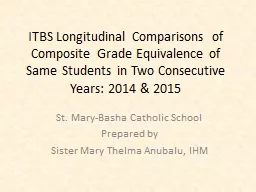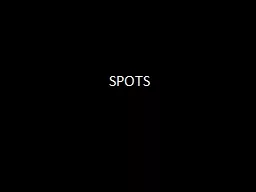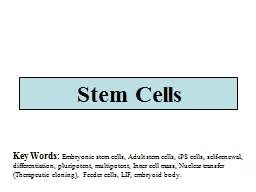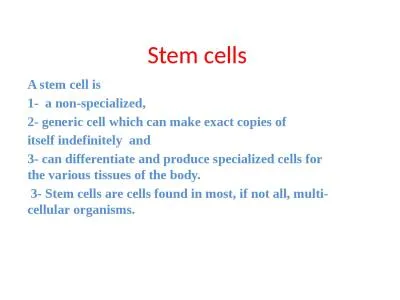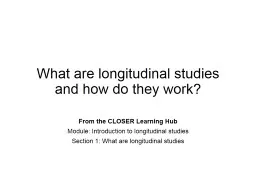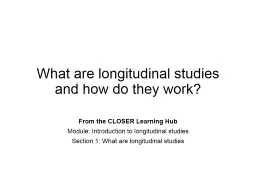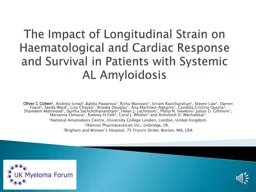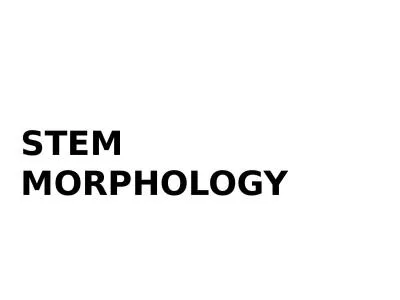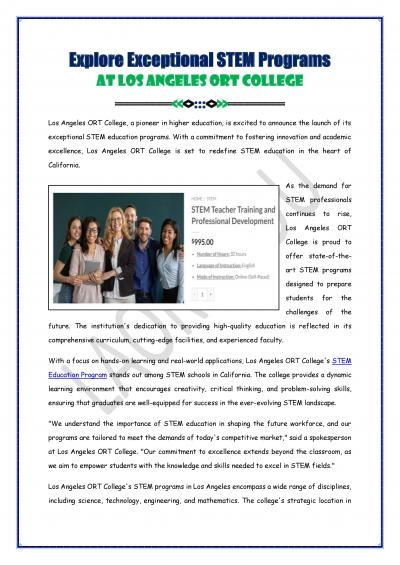PPT-Longitudinal Tracking of K-16 Participants in STEM Educatio
Author : ellena-manuel | Published Date : 2016-12-05
2013 MRS Spring Meeting San Francisco CA Presentation Date April 2 2013 Presentation Time 215 PM to 315 PM Roxanne Hughes PhD Director Center for Integrating Research
Presentation Embed Code
Download Presentation
Download Presentation The PPT/PDF document "Longitudinal Tracking of K-16 Participan..." is the property of its rightful owner. Permission is granted to download and print the materials on this website for personal, non-commercial use only, and to display it on your personal computer provided you do not modify the materials and that you retain all copyright notices contained in the materials. By downloading content from our website, you accept the terms of this agreement.
Longitudinal Tracking of K-16 Participants in STEM Educatio: Transcript
Download Rules Of Document
"Longitudinal Tracking of K-16 Participants in STEM Educatio"The content belongs to its owner. You may download and print it for personal use, without modification, and keep all copyright notices. By downloading, you agree to these terms.
Related Documents


